PMU Pigment Guide: Choosing the Right Type for Your Skin
Share
Not All Pigments Are Created Equal – Why Particle Size & Skin Type Matter in PMU
🧠 Why Do Some Brows Fade Too Fast While Others Stay Perfect?
Two clients. Same pigment. Same technique. But two completely different healed results.
This is one of the most frustrating realities in PMU for both clients and artists.
It's not luck. It's science.
One of the most underrated parts of that science is pigment particle size — and how it interacts with different skin types. Great healed results are not just about artistry, but chemistry and anatomy too.
🎨 What Are Organic and Inorganic Pigments, Really?
In PMU, pigments fall into two major categories: organic and inorganic. Each behaves differently depending on the skin it’s placed in.

| Pigment Type | Organic Pigment 🧪 | Inorganic Pigment 🌍 |
|---|---|---|
| Base | Carbon-based | Mineral-based |
| Particle Size | Smaller | Larger |
| Result | Natural, sheer look | Vivid, strong saturation |
| Stability | Moderate | High |
| Fade Pattern | Softer, more flexible | Longer-lasting, can cool over time |
Organic pigments are often used for soft powder brows, while inorganic pigments are ideal when durability and color saturation are key. But neither is “better” it depends on the canvas.
🔍 Skin Type Changes Everything
Choosing the perfect pigment isn’t just about shade — it’s about how that pigment will behave in your client’s skin. Here's how we tailor the pigment to the skin type:
💧 Oily Skin
- What happens: Color may heal too light or spread.
- Best fit: Inorganic pigment — holds better and stays longer.
- Technique tip: Dense pass layering and depth control are essential.
🍂 Dry or Thin Skin
- What happens: Pigment may heal darker or patchy.
- Best fit: Organic pigment — light particles for softer absorption.
- Technique tip: Gentle pressure, one-pass technique, airy layout.
🔴 Sensitive Skin
- What happens: Inflammation, allergic reaction, poor healing.
- Best fit: Low-additive organic pigment — pure, minimal ingredients.
- Technique tip: Use low trauma needles and longer healing buffer.
✨ A Real Story: When Color Became Confidence
One of my early clients came in frustrated from a previous brow tattoo that turned grey within weeks. She felt like her face had betrayed her.
When I explained how her skin type needed different pigment chemistry, she literally cried with relief. After a customized approach using warm-toned inorganic pigments, her new brows healed beautifully — and so did her confidence.
This work is not just skin deep. It’s emotional. It’s transformational.
✏️ My Personal Pigment Selection Process
Here at MMBROWS STUDIO, every pigment choice follows a 3-step logic:
- Skin Analysis: Oil level, thickness, undertones
- Goal Discovery: Client’s routine, lifestyle, style preferences
- Pigment Matching: Color base + warm/cool balance + particle size consideration
Choosing the right pigment isn’t just about experience — it’s about understanding skin behavior, healing patterns, and pigment chemistry.
❓ FAQ: Pigment Edition
Q: Will organic pigment always fade faster?
A: Generally yes, but when used correctly, they provide a natural fade that’s ideal for touch-ups.
Q: Why did my brows turn blue or grey?
A: Likely due to incorrect pigment selection (e.g., inorganic pigment used without warmth correction on cool-toned skin).
Q: Can pigment types be mixed?
A: Yes — but only when the chemical base and skin conditions are well understood.
Q: How do I know which pigment is right for me?
A: A thorough consultation and skin analysis at MMBROWS will determine that.
💬 It’s More Than Color — It’s About Feeling Like Yourself
The right brows do more than frame your face — they anchor your confidence. When brows heal beautifully, it’s not just satisfying… it’s empowering.
And that only happens when pigment meets skin with logic, not luck.
PMU pigment guide, permanent makeup pigment types, brow tattoo pigment chemistry, best pigments for PMU artists, healed results organic vs inorganic, cosmetic tattooing retention, PMU skin analysis, how pigment heals by skin type, brow pigment for Asian skin, soft vs vivid PMU styles

